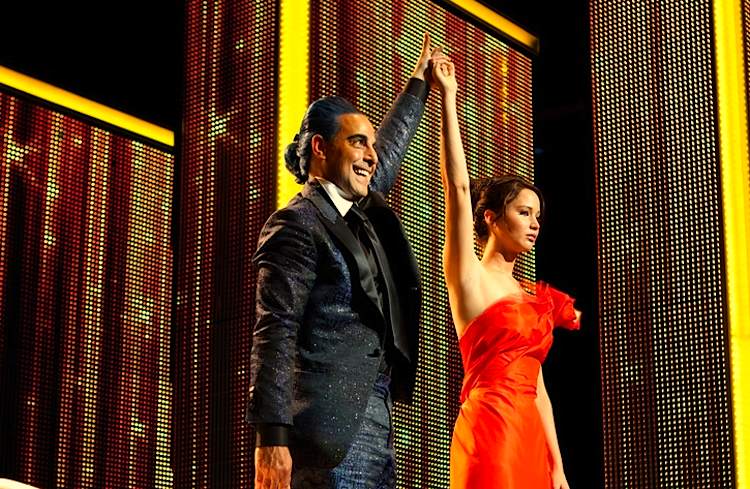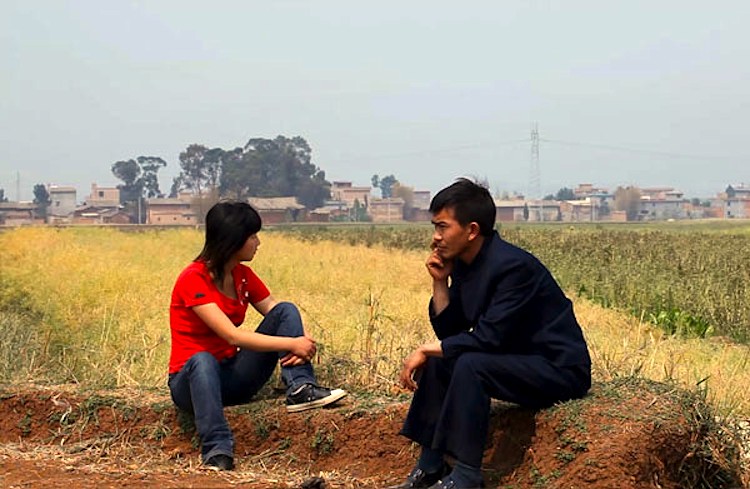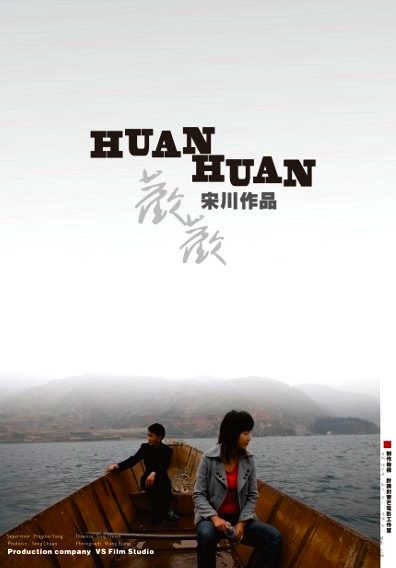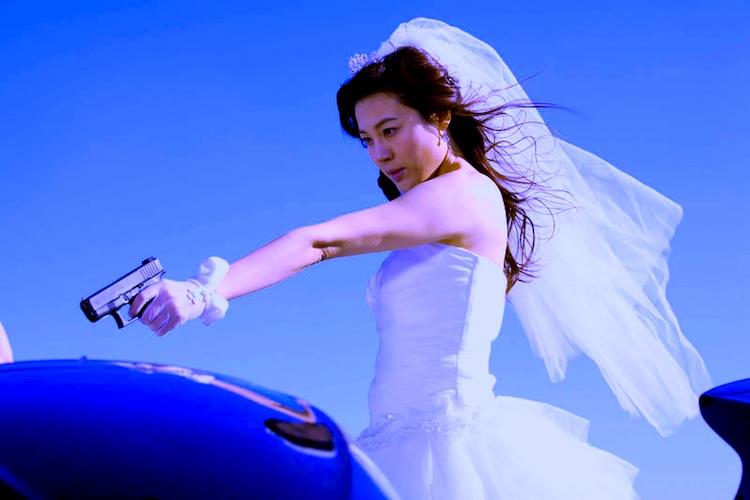[Editor’s Note: The article below and its accompanying slideshow appears in its entirety today at The Atlantic.]
A guide to the cultural touchstones alluded to in the new sci-fi smash
By Govindini Murty. The Hunger Games enjoyed the biggest-ever box office opening for a non-sequel film this past weekend, and it’s likely to keep captivating audiences in coming weeks with its edgy action and potent critique of today’s celebrity-worshiping culture.
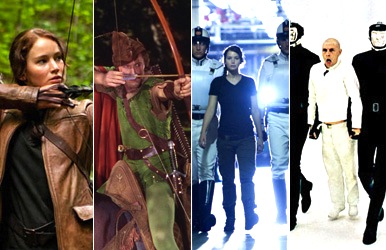
The film depicts a totalitarian future in which the all-powerful government of Panem (in what was once the United States) demands an annual “tribute” of two youths from each of its 12 districts to fight to the death in a televised event known as the Hunger Games. Sixteen-year old Katniss Everdeen (Jennifer Lawrence) of the dirt-poor District 12 volunteers to take her younger sister Primrose’s place in the Games. But when she reaches the Capitol of Panem, she realizes that in order to succeed, her physical abilities are not enough. She must also create a convincing (if false) public narrative that she and fellow tribute Peeta Mellark (Josh Hutcherson) are “star-crossed lovers” in order to win the allegiance of the audience and outwit the “gamemakers.” This crafting of her own media narrative eventually turns Katniss into a popular heroine with the power to change the future of Panem itself.
Author Suzanne Collins has said that her inspirations for The Hunger Games came from a variety of sources, including the ancient Greek myth of Theseus, Roman gladiatorial games, contemporary TV, her father’s experiences in the Vietnam War, and news footage of the Iraq War. However, the movie adaptation of The Hunger Games contains a number of other cultural and historical references as well. Here’s a mini-guide to the cinematic, literary, and historical allusions in The Hunger Games.
The Goddess Diana
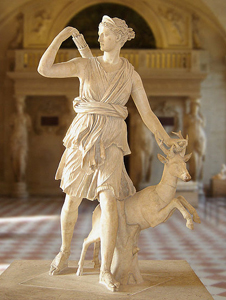
An early scene in The Hunger Games depicts Katniss sneaking into the forest to hunt for food. She retrieves her bow and arrows from a tree, and spotting a deer, attempts to shoot it—before her friend Gale interrupts her. The imagery of Katniss with her bow and arrow—central to The Hunger Games—evokes the imagery of Diana, the Roman Goddess of the Hunt, who was frequently associated with deer hunting. In one famous story from Ovid’s Metamorphoses, when the hunter Actaeon accidentally sees Diana bathing nude in a forest pool, she turns him into a stag and sets his own hounds to chase him down and tear him apart. One can see allusions to these hounds in The Hunger Games when the gamemakers send monstrous dogs into the forest to hunt down Katniss and Peeta. In addition, Diana was a chaste goddess, and Katniss’s reluctance to engage in a romance with Peeta reflects this warrior-woman ethos of independence from men. Early in the film, Katniss even tells Gale that she will never have children. Peeta himself, in his somewhat subservient position to Katniss, resembles male acolytes of the Goddess Diana, from Hyppolytus to the Priest-Kings of Nemi—who themselves participated in a famous ritual of fighting to the death, as described in Frazer’s The Golden Bough.
[For the rest of the article and the accompanying slideshow, please visit The Atlantic.]
Posted on March 26th, 2012 at 1:58pm.
